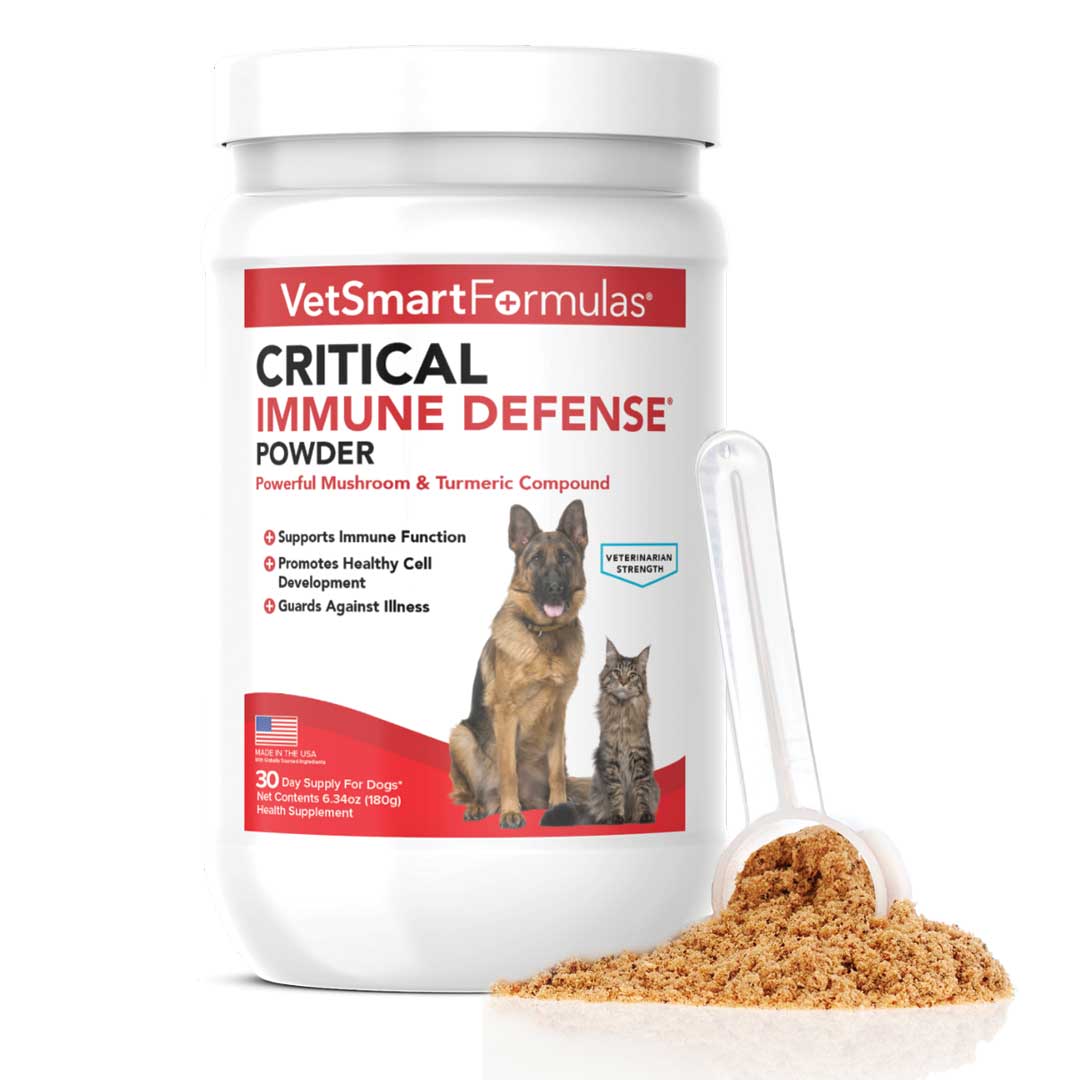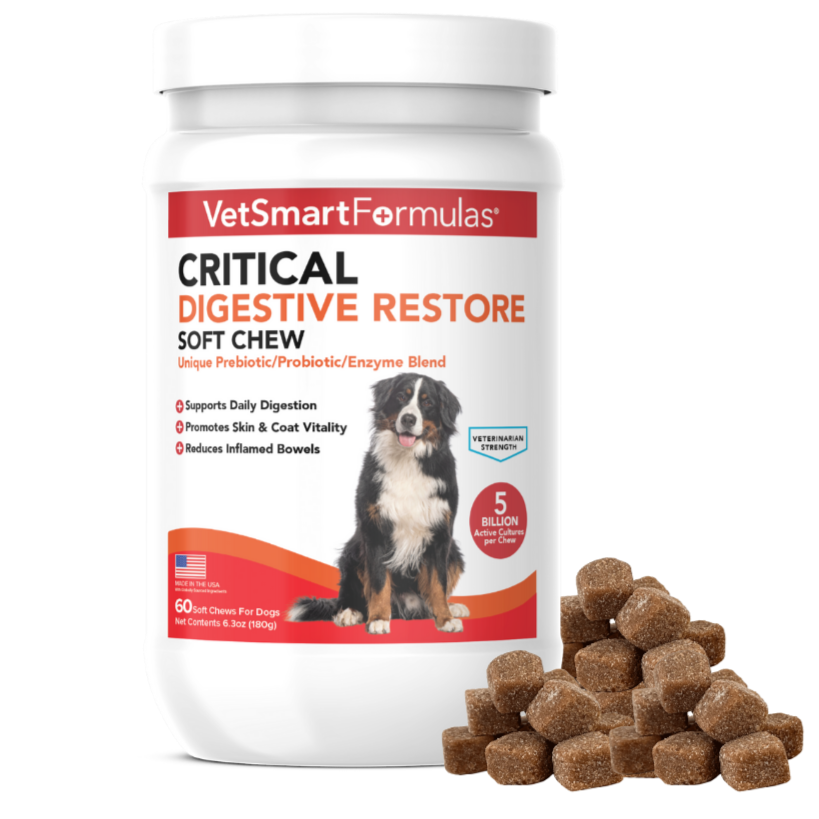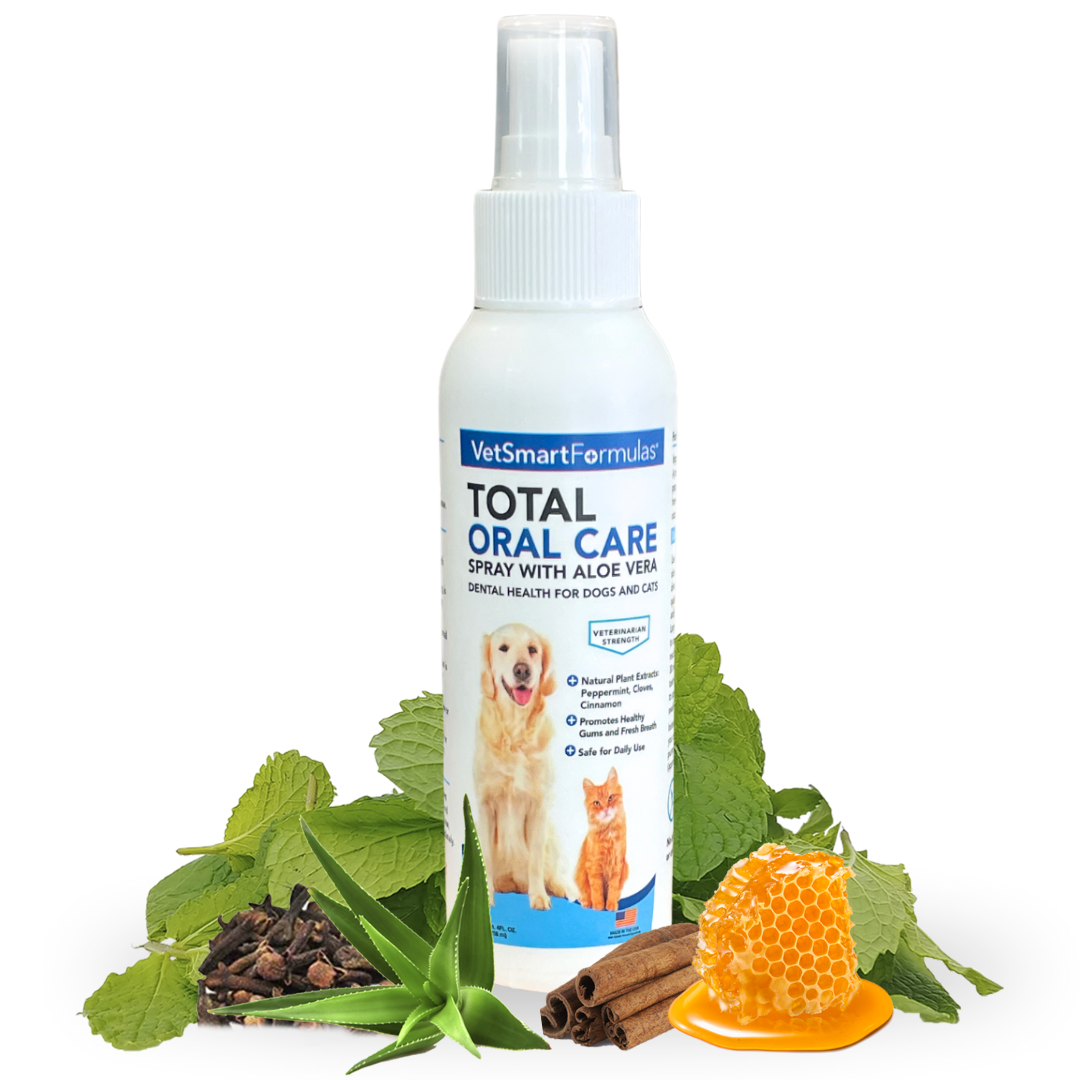When it comes to the well-being of our furry companions, no stone should be left unturned in ensuring their health and happiness. Pet Wellness Direct, steadfast in its mission to provide top-notch, veterinarian-backed products, stands at the forefront of pet care innovation.
As pet owners continuously seek out the best products, the inclusion of mint in pet goods has sparked a debate around its safety and benefits. It’s time to enter the herbal world to answer a pivotal question: Is mint a peppermint pal or a toxic treat for our pets?
The Debate Around Mint in Pet Care
Mint, known for its refreshing scent and taste, has been a long-standing ingredient in a variety of products, from toothpaste to dietary aids. However, its introduction into pet products has led to polarizing views.
On one side, there's the allure of its potential benefits, which include freshening breath and aiding digestion, while on the other, there's concern over its safety. Despite the controversy, studies and veterinary opinions are starting to paint a clearer picture.
Understanding the Types of Mint
It's important to recognize that not all mint is created equal. Here's a rundown of typical varieties:
- Peppermint - Strong and pungent, often used for its soothing properties.
- Spearmint - Milder than peppermint, commonly found in pet dental products.
- Wild mint - Also known as field mint, mostly used for its aroma.
- Wintergreen - A type of mint that is toxic to dogs.
Each type of mint carries different levels of active ingredients, such as menthol in peppermint, which can impact pets differently. Hence, distinguishing between these types is vital when considering mint-infused pet products.
Potential Benefits of Mint for Pets
While the idea of mint for pets might seem new and untested, the diverse benefits cannot be overlooked:
- Gastrointestinal relief: Mint has been demonstrated to help soothe upset stomachs and aid digestion.
- Oral health: Its antimicrobial properties can help combat harmful bacteria in a pet's mouth, improving breath and overall dental health.
- Calming effect: Some studies report a soothing impact on dogs, much like the effect seen in humans.
Incorporating mint in moderate quantities and in proper formulation can be a game-changer in holistic pet care.
Safety Considerations and Usage Guidelines
It is important to understand the distinction between safe usage and potential toxicity. For starters, never offer straight peppermint oil to pets as it's highly concentrated and can be toxic. However, well-diluted blends or specific pet-formulated products can be included in a pet's regimen safely. Always follow ASPCA guidelines and seek advice from your veterinarian.
The Verdict on Mint in Pet Products
The incorporation of mint into pet products is a testament to its perceived benefits when used correctly. Balancing the scales between beneficial effects and safety concerns calls for products that are thoughtfully formulated with pet health in mind. When choosing minty goods for your pets, consider these points:
- Look for a trusted brand with a history of veterinary endorsement.
- Read ingredient lists carefully, understanding the type and concentration of mint included.
- Supervise your pet when introducing new products and monitor for any adverse reactions.
In conclusion, mint can be a friend rather than a foe to our pets, provided that we approach its use with knowledge and care. At the heart of Pet Wellness Direct is a commitment to pet health, ensuring that every product, minty or otherwise, serves the best interest of our beloved companions.











